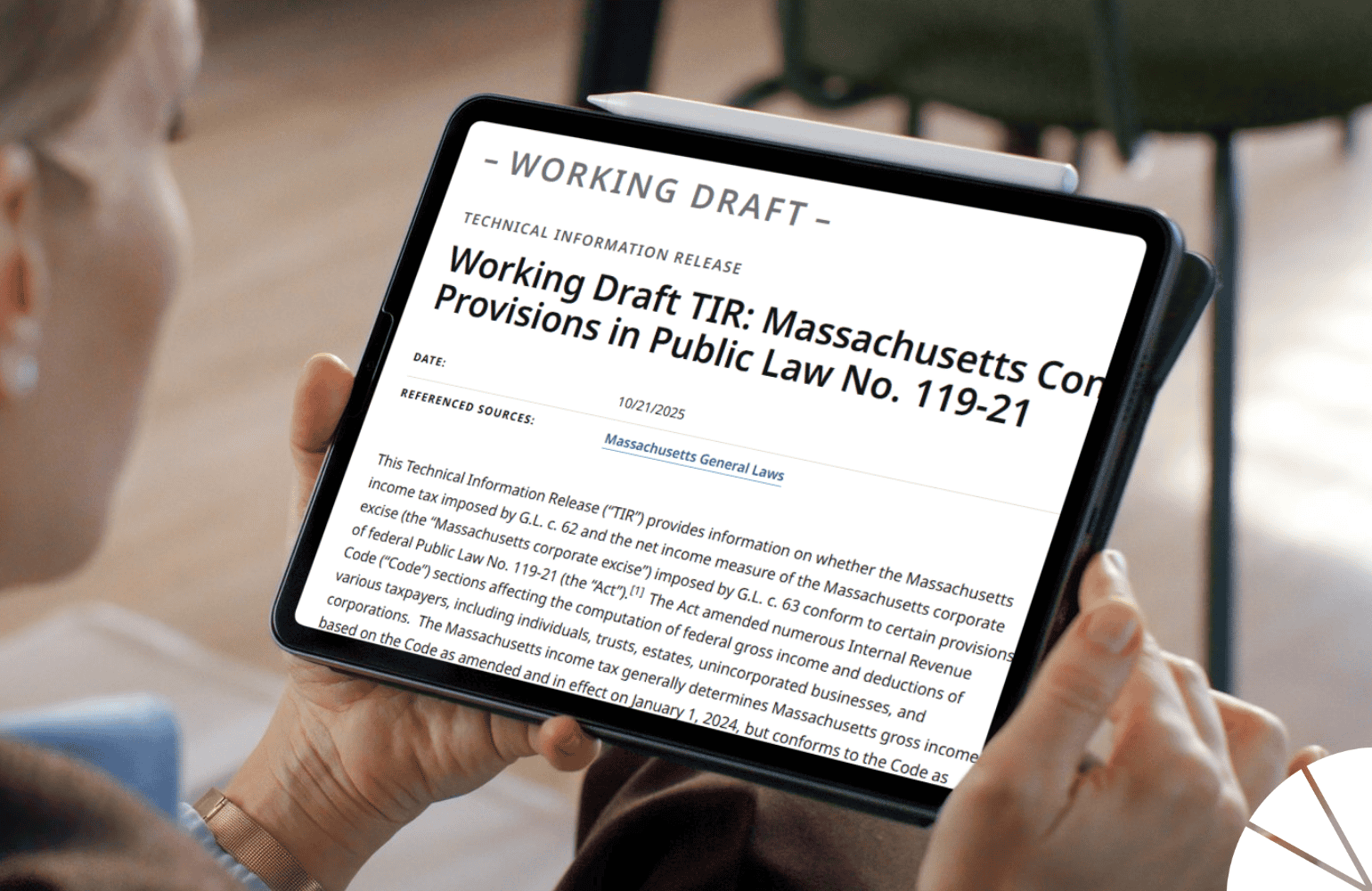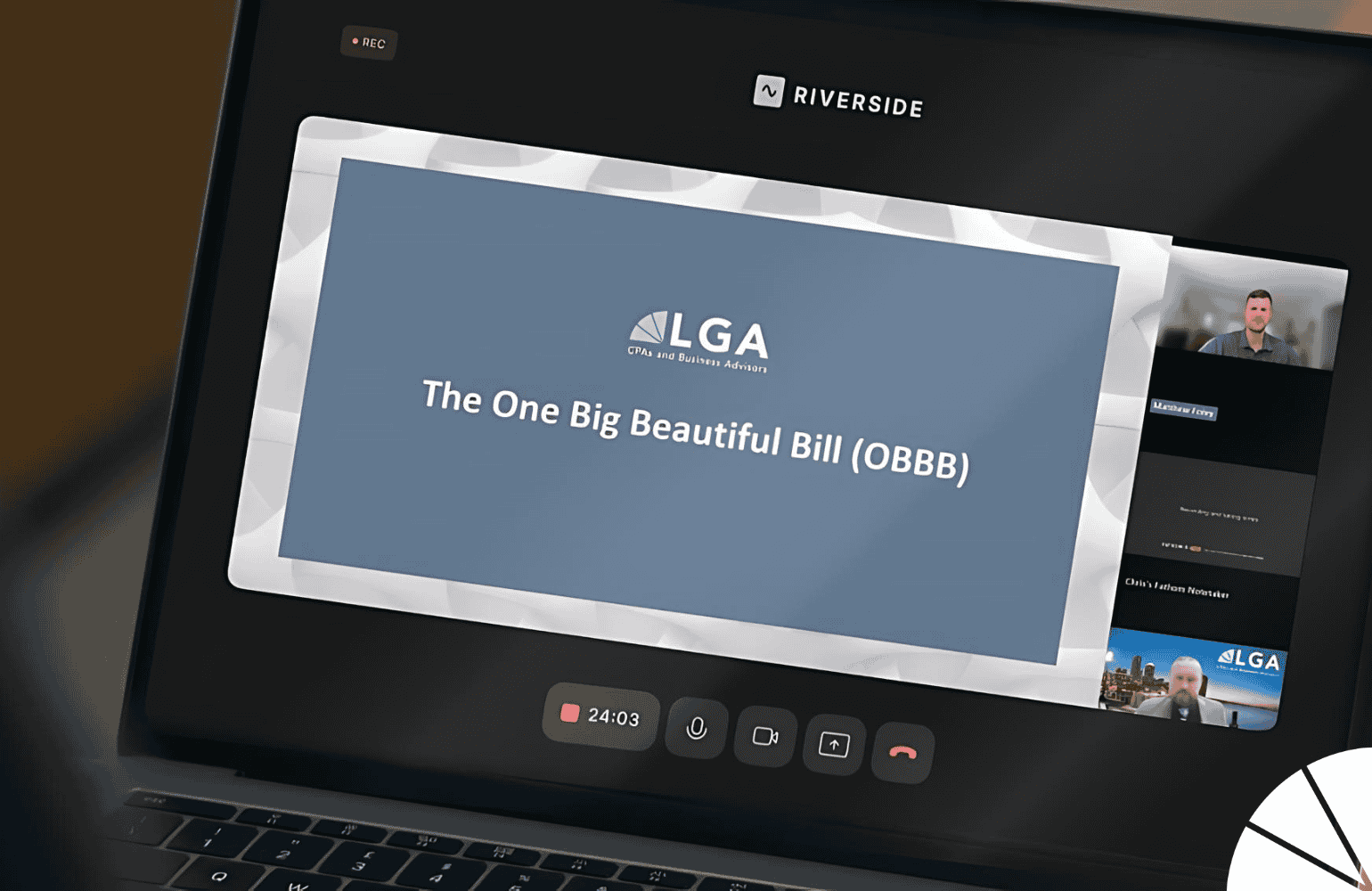
For entrepreneurs, start-ups have always been powerful disruptors in our economy. If you are considering capitalizing on your next big idea in this same manner, there are several business and tax facets to consider before choosing the right structure for your start-up.
The landscape for structuring start-ups has evolved and continues to do so. New start-ups can expect further evolution in 2021, especially if proposed tax rate increases are passed under the Biden Administration. As an entrepreneur, for you to consider what’s ahead for funding, tax obligations, and potential growth opportunities, now more than ever, you need access to timely and impactful business advisory services to choose the structure that contemplates your start-up’s near, mid, and long-term goals.
Interplay of Funding & Entity Structure – Who are your investors?
Structuring is dependent on the type of equity you are seeking. If your investors are friends and family, your funding won’t be as dependent on your structure. However, institutional investors tend to have different expectations. In general, they prefer C corporations because there is more legal and corporate guidance, which provides institutional investors with a higher level of comfort in investing due to the ease of transferability. Because of this transferability, C corporations can have an easier path to equity to structure the eventual exit of the company’s founders.
LLC’s can be advantageous early on, because they are easy to set up and run. LLCs can be quite simple in terms of administration and compliance in comparison to C corporations. They typically don’t contain drawbacks to investors if the agreements are structured correctly. However, unlike C corporation shareholders who do not receive year-end tax documents from the corporation, LLC investors receive K-1s. And, in my experience, sometimes K-1s can be messy for a new partner. Further, the K-1 can create the perception the company’s tax losses are allocated to the founders disproportionately. Start-ups often rely on outside funding, so optics and ease of investment is a strong consideration in the structuring process early on.
Once start-ups mature to the level of pursuing institutional funding, private equity has been the most common path, such as venture capital, over debt or public equity options. If attainable, public equity shares are readily transferable and widely understood, but they can be risky since they are affected by public perception and economic instability.
Going the debt route has its risks as well as its benefits. Investors contributing debt to your start-up may not be incentivized to grow your business in the same manner you are, because they aren’t equity holders. More and more, I see the use of convertible debt. Based on benchmarking and capitalization rate analysis, investors contribute debt that later may be exchanged/converted for a proprietorship stake in your entity once your business has met certain milestones. Additionally, consider non-convertible debt depending on your plans, since debt contribution will not dilute your equity stake as a founder. This is one of the ways the Business Advisory Services Team at LGA can help. We have the tools and resources to analyze this for you.
Simple Agreements for Future Equity (SAFEs) are also on the rise. These agreements are the most recent answer to the convertible debt problem where debt is required to be repaid as a term of the agreement. SAFEs which can even include securities-based crowdfunding, look a lot like convertible debt. There is a time horizon where there is no ownership stake initially, but they do convert to ownership in the future, usually at a 20-30% discount once organizational goals are met, via benchmarking.
Intersection of Tax & Entity Structure
For tax purposes, a C corporation is regarded as a separate taxpayer. C corporations do have a double tax to consider. Profits get taxed at the federal corporate income tax rate and again when the corporation distributes profits to shareholders as dividends. Under Biden’s proposed tax plan, the corporate tax rate will increase from 21% to 28%. C corporation shareholders cannot deduct any loss of the corporation on their personal tax returns. In general, early stage start-ups often are in the “pre-revenue” stages, thus have no taxable income or tax burden regardless of the tax rate.
LLCs default to pass-through entities for tax purposes; however, LLC owners can choose how they want to be taxed by making an election on Form 8832. Member’s self-employment tax payments should be considered where there is net profit. For LLCs, business losses flow through to members, and their shares may be deducted on their individual returns provided there is basis and other tax considerations are met.
Growth Potential & Exit Plans
Your start-up’s ability to grow depends on your structure. A C corporation can have an unlimited number of shareholders, and the business can grow by issuing stock options. An LLC can be complex issuing employees an ownership interest. So if it’s your plan to keep growing, structure it for the long-term from the start.
Believe it or not, the best time to consider the exit plan is when structuring right from the start. Your selling and buy-out options are constrained by your entity structure. For example, C corporation shareholders have the ability to sell, gift, or bequeath their shares, whereas membership interest in an LLC is not freely transferable.
Contact LGA
When it’s time to go from concept to reality, the decisions you make about your company in the early days are critical for your future success. My business advisory team at LGA works with start-ups to design and implement comprehensive structuring plans that contribute to your success now and in the future. Contact me today to get started.
by Derek Silveira, CPA, MST






